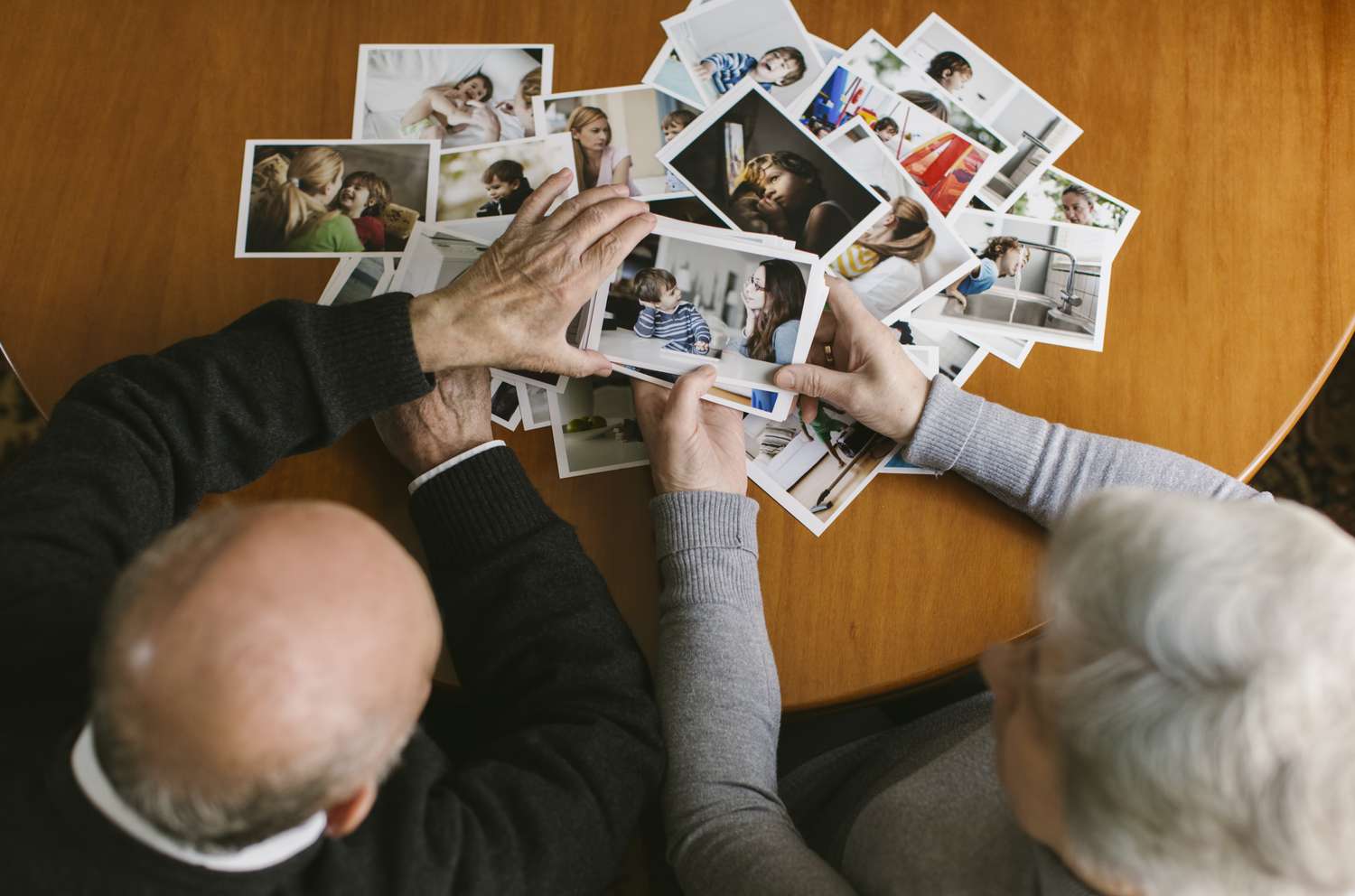Remember hard-copy photos?
It’s so funny that real, 3×5 photographs have become to our newest generations what vinyl records were to millennials. As a 35 year old, I vividly remember the excitement of taking my rolls of film to the drugstore to get them developed, and the hopeful anticipation of having them returned back, crossing my fingers that I hadn’t put my thumb in front of the lens or overdone it with the flash.
I’ve been really glad to see that so many people are re-investing in tangible photos—pulling their digital pictures from the cloud and printing them or publishing them in photo books. With hard-copy photos returning to the zeitgeist, let’s jump in and talk about the best way to store them to prevent any kind of water or sun damage from ruining the only record of a precious memory.
A Quick Word In Praise Of Printing Your Photos
Let me preach for a quick second about why this is critical:
We live in the height of the digital age, where snapping a photo is as easy as tapping your screen. It’s such a gift to be able to capture moments so quickly and effortlessly. But, like everything, there’s a trade-off: Snapping photos with ease means that accessing them isn’t always guaranteed.
When I was a sophomore in college, I studied abroad and brought my laptop with me to England. Little did I know that jostling a clunky second-generation MacBook around through planes, trains, and automobiles would unseat the hard drive. When I opened my computer upon arriving in Oxford, I was absolutely gutted to discover that everything had been ruined: thousands of photos, videos, anything I’d written and saved—all corrupted. Despite wrapping my laptop in a pashmina (a Carrie Bradshaw reference for those in the know) and delivering it to the local tech rescue store, nothing was salvageable.
Since that hard lesson, I print photo books every year of our most cherished memories. That way, whatever happens to my technology, I’m guaranteed to have some mementos. Learn from my mistakes—print your photos! (And back up your hard drive, while you’re at it!)
Step 1: Sort, Organize, And Purge Existing Photos
Sure, this isn’t absolutely necessary, but this step will save you (and your descendants who are forced to contend with your treasures) a lot of headaches down the road. Make three piles: keep, toss, and doubles. Many photo developers offered the option to print doubles of each photo, so if you’ve got family members who might want those other copies, offer them up! If they don’t, be ruthless: Toss them out.
Step 2: Print Or Develop Old Film
I know I’ve got at least three rolls of film from the early 2000s sitting in my basement, and I bet you do, too. Even if you don’t have canisters, chances are you’ve got digital photos that you’d like to exist in hard copy as an insurance policy against digital failure.
It’s incredibly easy to print individual photos. Find a drugstore near you (Walgreens, CVS, even a Walmart) and use their photo desk to print anything you might need in a variety of sizes—at a serious bargain. At $0.39/3×5 (per Walgreens 2024 pricing), it’s silly not to use this option.
Owen Franken/ Getty
Step 3: Source Quality Boxes Or Albums
Ideally, you purchase archival-quality boxes to store your photos in. Archival boxes are especially made for photograph storage, with acid-free box walls that won’t eat away at your photos, even as the years pass. Regular cardboard becomes acidic in a way that can cause your photos to fade over time. You can find an inexpensive option here.
For a photo album, the best bet is to look for an acid-free plastic to put into a three-ring binder.
https://www.southernliving.com/best-digital-picture-frames-8423593
Step 4: Organize Your Remaining Photos
Of course, it makes the most sense to group “like with like” and organize your pictures by the year they were taken. For added organization, you can include tabbed notecards (search for the acid-free kind for the same reason as using an acid-free box) that offer things as general as the year or location a set of photos were taken, or details as specific as the names of the folks featured or what you remember about that day. Preservation is truly an art form, and if you have children or grandchildren, you give them such a gift by being as detailed as you can.
Preservation is truly an art form.
Step 5: Store Your Photo Albums Or Boxes
Always opt for a dry, cool place to store your photos. You’d never want to keep a photo box in full sunlight or in a place where water damage is possible (think: always off of the basement floor!). As you take and print more photos, your organization system will allow you to easily add them in.
